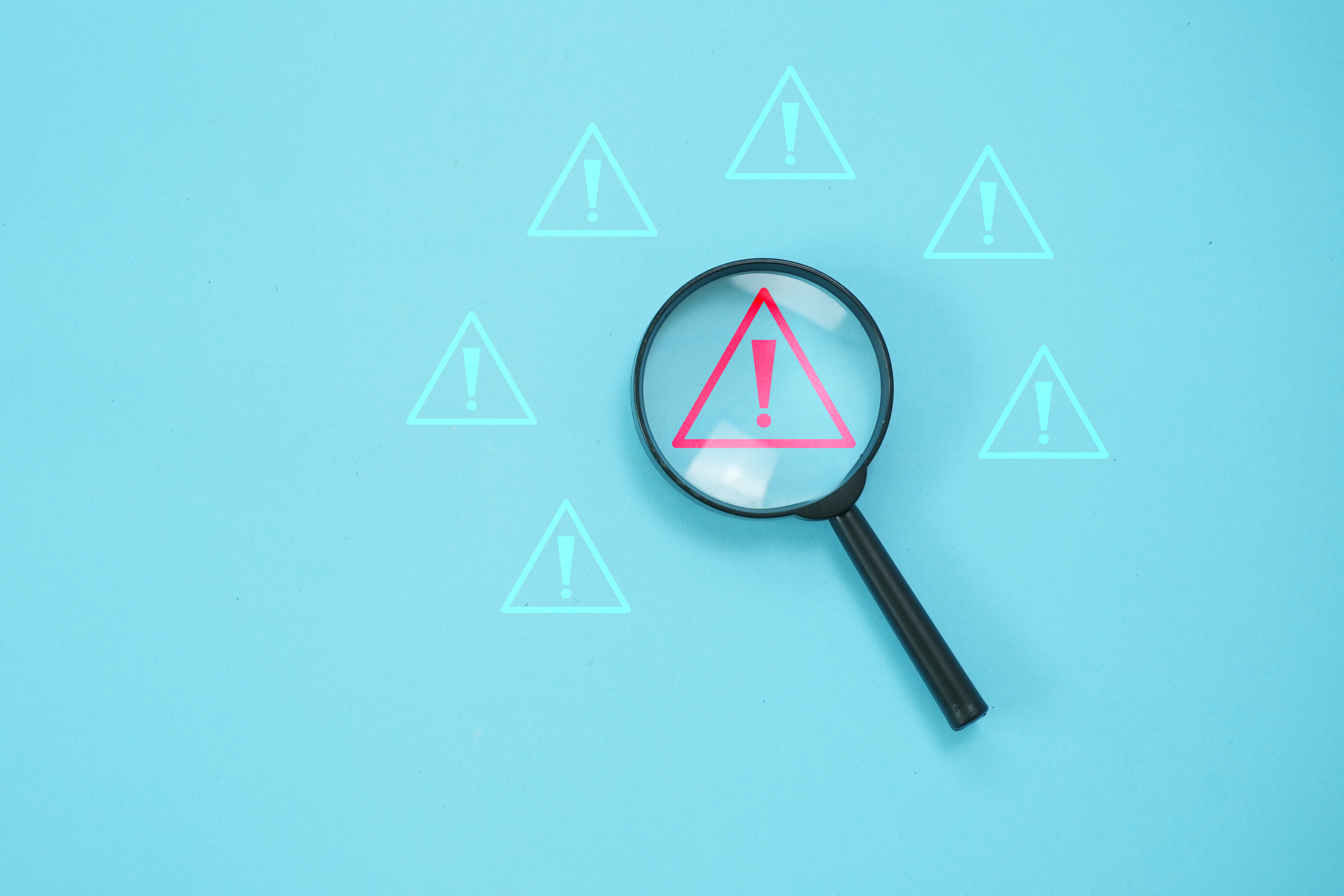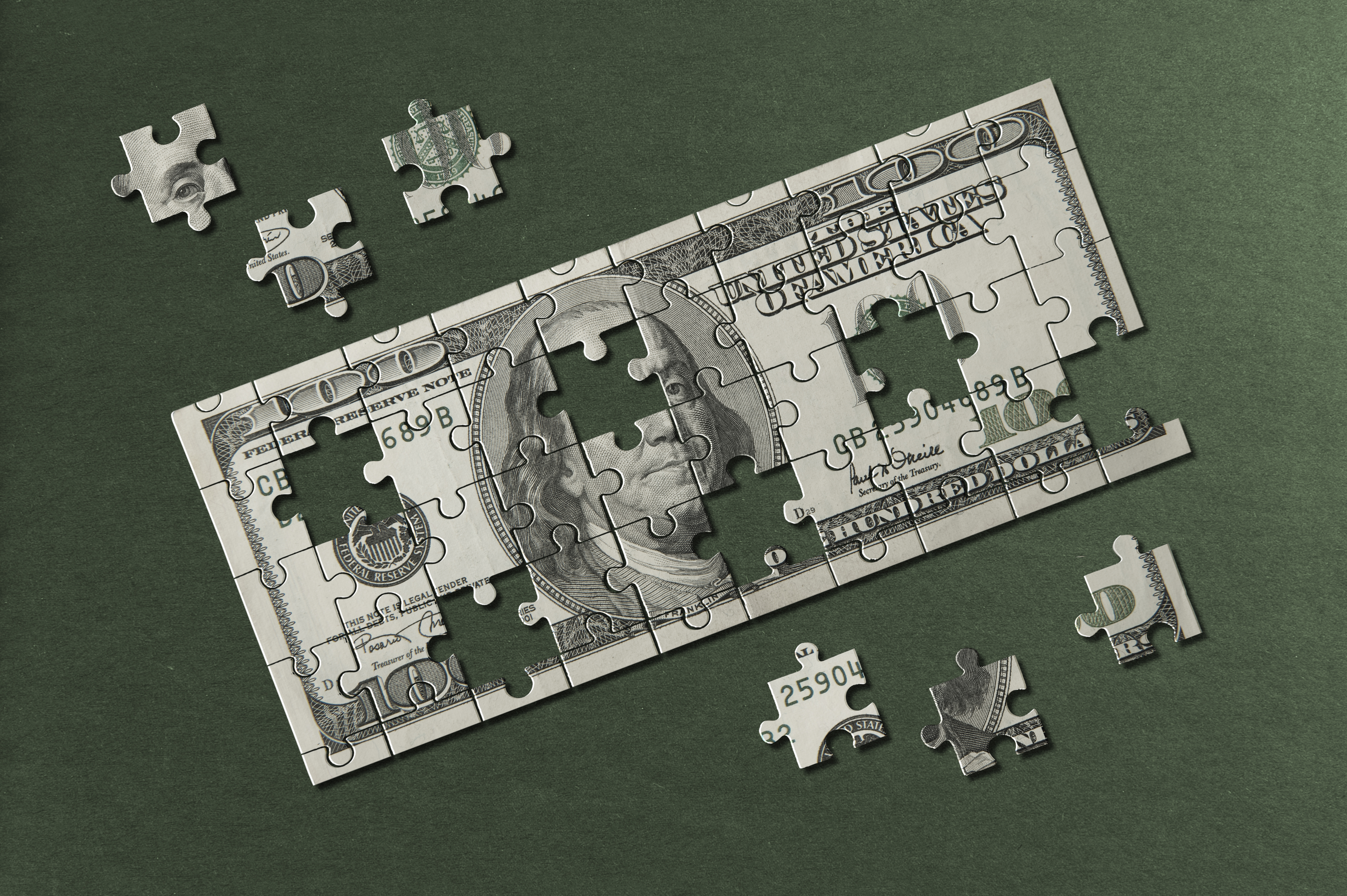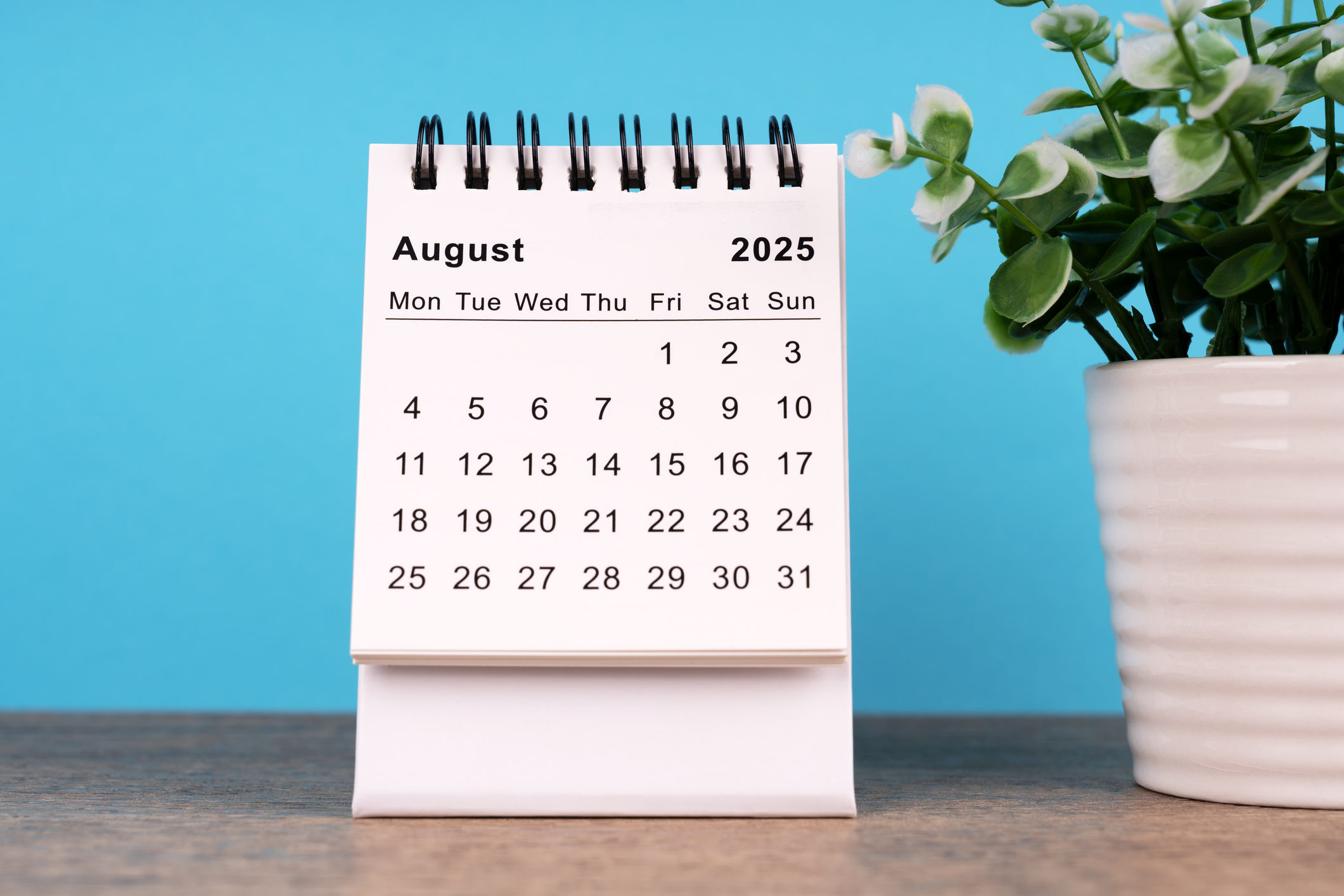How to Correct Errors on Your Social Security Statement and Collect Your Maximum Benefit
Errors in your Social Security earnings record can lead to getting lower benefits than what you're owed. Here's how to check and correct your records.


The Social Security system pays more than just retirement benefits; it is a social insurance policy that gives workers who pay into the system access to disability benefits for themselves and their dependents, as well as survivors' benefits. Any errors in a beneficiary's earnings record could reduce this important financial lifeline when it's needed the most.
Your Social Security earnings record is a detailed account of your reported earnings for each year you’ve worked. It’s used by the Social Security Administration (SSA) to calculate your benefits. And even small errors can significantly impact your future retirement payments; understanding how to check and correct your earnings record is essential.
How to check your earnings record
Your earnings record is built throughout your lifetime and serves as the basis for how much you or your dependents would receive when you apply for benefits.
From just $107.88 $24.99 for Kiplinger Personal Finance
Become a smarter, better informed investor. Subscribe from just $107.88 $24.99, plus get up to 4 Special Issues

Sign up for Kiplinger’s Free Newsletters
Profit and prosper with the best of expert advice on investing, taxes, retirement, personal finance and more - straight to your e-mail.
Profit and prosper with the best of expert advice - straight to your e-mail.
You can access your earnings records online by creating a my Social Security account on the SSA’s website. You can also request the information via the mail. Submit a Request For Social Security Earning Information (Form 7050-F4) to the address listed on the form. The SSA requests that you give them 120 days to process the request before inquiring about the status of the statement.
The statement lists your earnings by year, summarizes your earnings history and provides an estimate of your future Social Security benefits. You can use the information on your tax returns and W-2 forms to confirm that what you see in your SSA record is correct or needs to be corrected.
Generally, you have only three years, three months, and 15 days from the end of the taxable year in which your wages were paid to correct your earnings record. As in most cases, there are exceptions to this deadline, and they cover most reasons people usually find discrepancies.
Exceptions to the time limit to make corrections:
- Confirm records with tax returns filed with the IRS. If your earnings records don't match the income reported on your tax return, they can be updated to match your 1040
- Correct errors due to employee omissions from incomplete or missing employer reports
- Correct errors "on the face of the record." These are errors that the SSA can find and confirm by examining its records of processed reports
- Include missed wages reported by an employer as paid to a person, but not shown in the SSA records

Why would some of your earnings be missing?
Recent records. If the earnings information that is missing from your Social Security record is for the current year or the previous year, the SSA says you don’t need to worry. It may not have recorded your most recent earnings yet. If you want to verify that last year's amount is correct, you should check back in August 2025, when your 2024 information should be available for review.
Records from more than two years ago. If earnings for earlier years are missing from your record for a few reasons, including:
- Your employer reported your earnings using the wrong name or Social Security number (SSN)
- You got married or divorced and changed your name, but never reported the change to the SSA
- Your employer reported your earnings incorrectly
- You worked using an SSN that didn’t belong to you
Gather these documents to prove your higher earnings
What should you do after you discover some of your earnings are missing? The first thing you should do after finding a mistake is to find proof of those earnings. This proof can include:
- W-2 form (Wage and Tax Statement). You can get a free copy of your W-2 going back to 1978 from the SSA for free if your purpose is Social Security-related. You can also get a transcript or copy of your Form W-2 from the IRS. However, state and local tax information isn't available if you e-filed your tax return. Keep in mind that the IRS will provide wage and income transcript information for only up to 10 years
- Tax returns. If you’re using an individual online account, your tax return and record of account transcripts are only available for the current and three prior tax years. Also, there is a "show all +" expand button below the online tax account transcript type that may provide additional tax years. Generally, tax account transcripts are available for the current year and nine prior tax years unless certain conditions apply. You can get the current tax year and three years prior by filling out the information at the link for Get transcript by mail or by calling 800-908-9946. To access these years and older years of taxes, submit Form 4506-T

- A wage stub or pay slip. You can usually obtain a copy from your employer, either by contacting the payroll or human resources department. If you receive direct deposits, your bank may also be able to provide copies of the deposits.
- Examples of other wage records. Other potential sources of wage records include: timesheets, direct deposit authorization forms, wage garnishment orders, and hiring documents
- Examples of other documents showing you worked. These documents can include: offer letters, employee ID cards, experience letters, and/or employment verification letters
Four steps to correct your earnings record
1. Gather your documentation: Use the list above to collect the documents that can serve as evidence of your earnings. These documents are vital when disputing errors.
2. Contact the Social Security Administration: Once you notice discrepancies, contact the SSA. You can phone them at 1-800-772-1213 or make an appointment to visit your local Social Security office.
3. Submit proof of earnings: Submit copies of your documentation to the SSA to support your claim. The more thorough your evidence, the quicker your correction can be processed.
You may be able to request a correction to your Social Security earnings record online with a my Social Security account, but you can also contact the SSA by phone or submit a Request For Correction of Earnings Record (Form SSA-7008) by mail to correct.
4. Wait for your statement of correction: The correction process can take anywhere from 10 to 90 days after you’ve submitted your request. The complexity of the case and the availability of records will impact the length of the process.

Why it's important to regularly monitor your earnings record
You might think that checking and correcting your earnings record is only important if you’re nearing retirement; that's shortsighted thinking. Ensuring the accuracy of your Social Security earnings record is crucial for maximizing your benefits — all of your benefits: disability, survivors and retirement. Mistakes in your earnings record can lead to lower payouts, so it’s important to catch and correct any errors early.
The SSA advises checking your earnings records in August. By then, the SSA should have received updated earnings data.
Related Content
Profit and prosper with the best of Kiplinger's advice on investing, taxes, retirement, personal finance and much more. Delivered daily. Enter your email in the box and click Sign Me Up.

Donna joined Kiplinger as a personal finance writer in 2023. She spent more than a decade as the contributing editor of J.K.Lasser's Your Income Tax Guide and edited state specific legal treatises at ALM Media. She has shared her expertise as a guest on Bloomberg, CNN, Fox, NPR, CNBC and many other media outlets around the nation. She is a graduate of Brooklyn Law School and the University at Buffalo.
-
 December Fed Meeting: Live Updates and Commentary
December Fed Meeting: Live Updates and CommentaryThe December Fed meeting is one of the last key economic events of 2025, with Wall Street closely watching what Chair Powell & Co. will do about interest rates.
-
 This Is Why Investors Shouldn't Romanticize Bitcoin
This Is Why Investors Shouldn't Romanticize BitcoinInvestors should treat bitcoin as the high-risk asset it is. A look at the data indicates a small portfolio allocation for most investors would be the safest.
-
 I'm a Federal Benefits Pro: I Answer These 2 Questions a Lot
I'm a Federal Benefits Pro: I Answer These 2 Questions a LotMany federal employees ask about rolling a TSP into an IRA and parsing options for survivor benefits, both especially critical topics.
-
 I'm a Financial Pro Focused on Federal Benefits: These Are the 2 Questions I Answer a Lot
I'm a Financial Pro Focused on Federal Benefits: These Are the 2 Questions I Answer a LotMany federal employees ask about rolling a TSP into an IRA and parsing options for survivor benefits, both especially critical topics.
-
 I Retired at 63 to Enjoy My Free Time but My Grown Kids Want Help With Childcare. I Love My Grandkids but It's Too Much. What Should I Do?
I Retired at 63 to Enjoy My Free Time but My Grown Kids Want Help With Childcare. I Love My Grandkids but It's Too Much. What Should I Do?We asked therapists and relationship experts for advice.
-
 5 RMD Mistakes That Could Cost You Big-Time: Even Seasoned Retirees Slip Up
5 RMD Mistakes That Could Cost You Big-Time: Even Seasoned Retirees Slip UpThe five biggest RMD mistakes retirees make show that tax-smart retirement planning should start well before you hit the age your first RMD is due.
-
 I'm a Wealth Adviser: My 4 Guiding Principles Could Help You Plan for Retirement Whether You Have $10,000 or $10 Million
I'm a Wealth Adviser: My 4 Guiding Principles Could Help You Plan for Retirement Whether You Have $10,000 or $10 MillionRegardless of your net worth, you deserve a detailed retirement plan backed by a solid understanding of your finances.
-
 A Retirement Triple Play: These 3 Tax Breaks Could Lower Your 2026 Bill
A Retirement Triple Play: These 3 Tax Breaks Could Lower Your 2026 BillGood news for older taxpayers: Standard deductions are higher, there's a temporary 'bonus deduction' for older folks, and income thresholds have been raised.
-
 10 New Year's Resolutions for Retiring Next Year
10 New Year's Resolutions for Retiring Next YearThese New Year's resolutions will help you retire in 2026 with confidence in your financial strategy.
-
 Think You Know How to Be Happy in Retirement? These 9 Stats May Surprise You
Think You Know How to Be Happy in Retirement? These 9 Stats May Surprise YouWhen it comes to your retirement happiness, don't believe everything you hear. We've turned to solid research for the facts on finding your bliss in retirement.
-
 If You're Retired or Soon-to-Be Retired, You Won't Want to Miss Out on These 3 OBBB Tax Breaks
If You're Retired or Soon-to-Be Retired, You Won't Want to Miss Out on These 3 OBBB Tax BreaksThe OBBB offers some tax advantages that are particularly beneficial for retirees and near-retirees. But they're available for only a limited time.